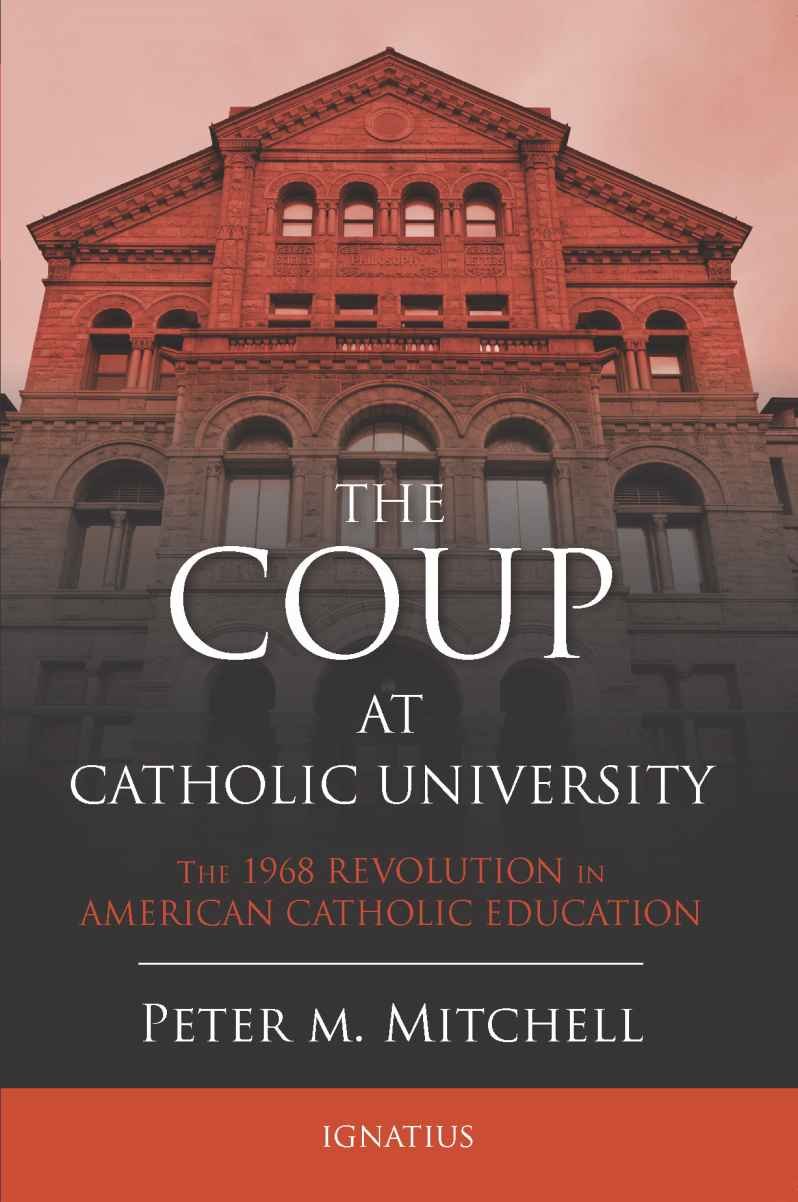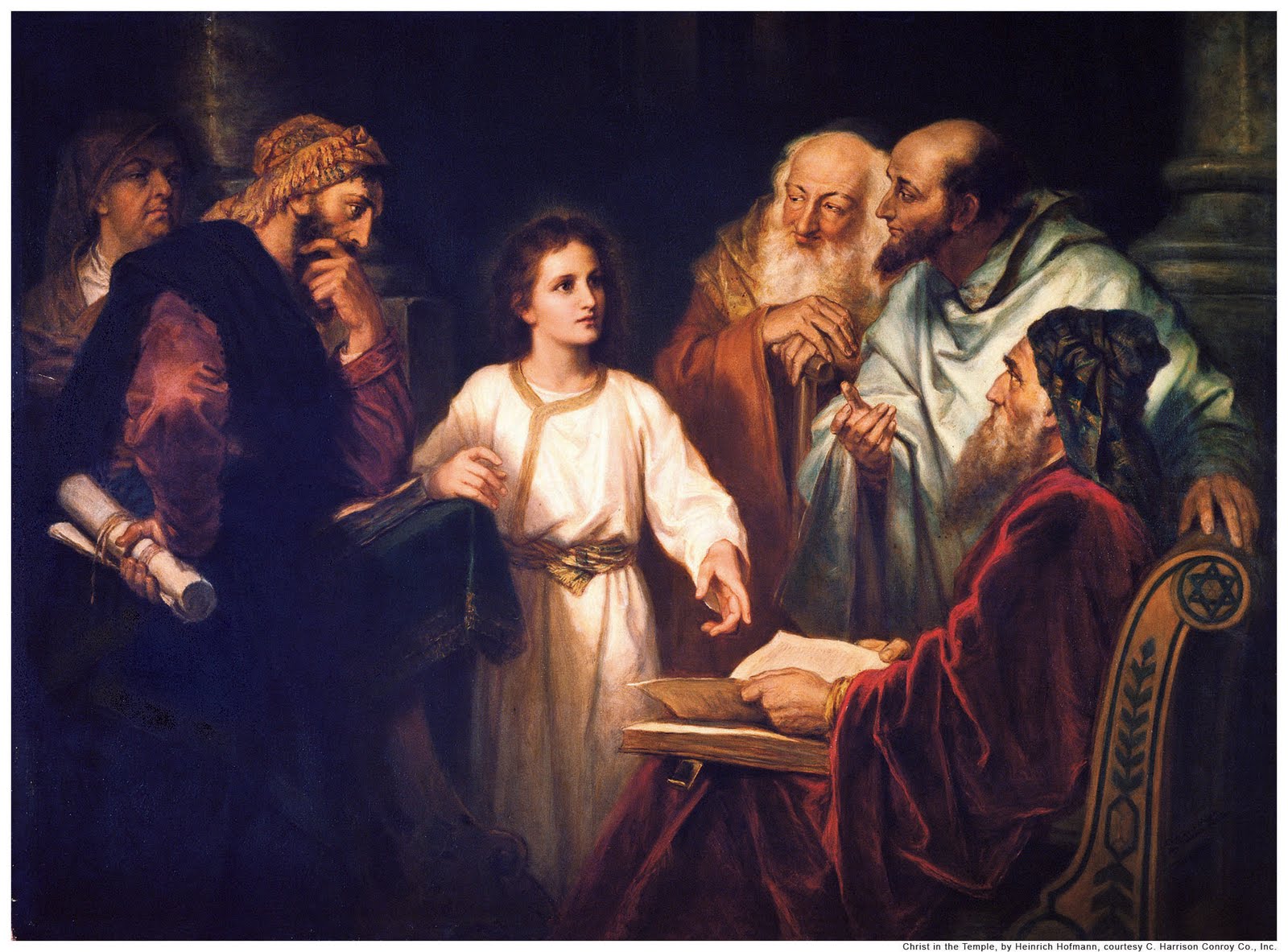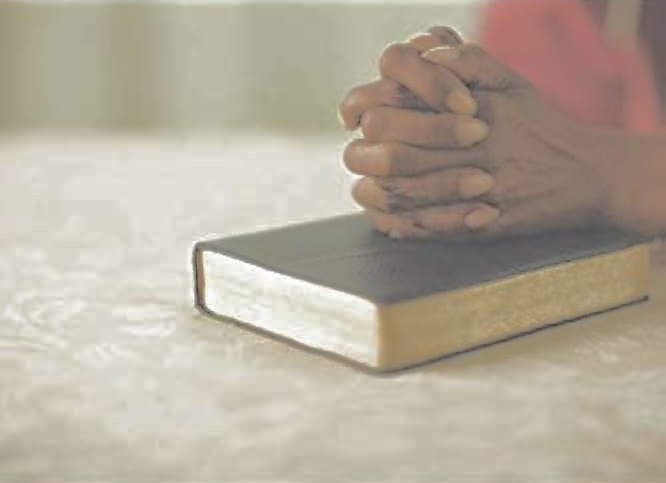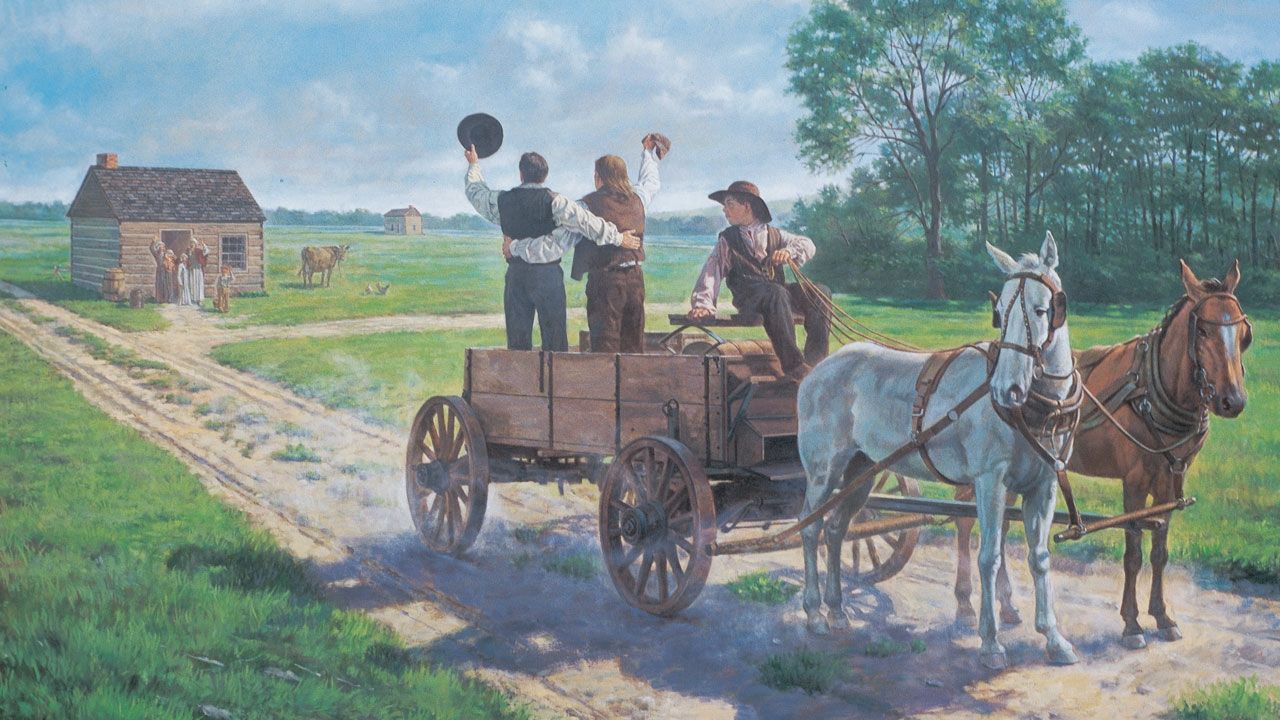Category: Features
-

CFM 3/31-4/6: Poetry for “Jesus Christ Will Gather His People”
The concept of gathering maybe one of the most-changed concepts in LDS belief. In D&C 29 the call to be “gathered in unto one place upon the face of this land” clearly refers to a physical gathering, where members of the church lived near each other. Later the number of places of gathering increased, and…
-
On Section 25
The reading associated with this week in “Come, Follow Me” includes section 25 of the Doctrine and Covenants, the revelation addressed to Emma Hale Smith. Luckily, the Latter-day Saint history blog From the Desk published an interview with Robin Jensen on that very subject, including a great discussion about how the revelations were a collaborative…
-
A Review: On the Overland Trails with William Clark: A Teamster’s Utah War, 1857-1858
The Utah War is a subject of ongoing interest in the history of Utah and the years leading up to the American Civil War in the United States. As a Latter-day Saint who was raised in Utah, I’ve generally been introduced to the perspective of the Latter-day Saints rather than the rest of the nation.…
-

CFM 3/24-3/30: Poetry for “All Things Must Be Done in Order”
It’s hard to argue with the phrase “all things must be done in order.” For most rational people, doing things in order is important. But, what exactly do we mean by ‘order’? Whose order? Does the order need to be torn up sometimes? Order suggests the arrangements and procedures that support society and our institutions.…
-
Joseph Smith as a Visionary: A Review
The latest offering from the Brigham Young University Religious Education Symposium in Honor of Sidney B. Sperry is Joseph Smith as a Visionary: Heavenly Manifestations in the Latter Days. Joseph Smith, Jr. is known for experiencing several visions, such as the First Vision, the visits of the Angel Moroni, the Vision of the Three Degrees…
-

CFM 3/17-3/23: Poetry for “Seek for the Things of a Better World”
Most of this lesson comes from D&C 25, the revelation in which Emma Smith is called to select the hymns for the Church’s first hymnal. But that calling is a small part of a revelation meant to provide Emma with help and support, as well as guidance in where she should devote her efforts—in “the…
-

Latter-day Saint Book Review: The Coup at Catholic University
Note: This post was in the queue before this piece by Matthew Bowman went up at the Salt Lake Tribune. So it wasn’t created as a response to it, but in a way it does respond to the idea that the Catholics have figured out a way to effectively balance free thought with the religious…
-
The 1930s Crisis in the Church in Mexico
The history of the Church around the world is still a developing field and while Mexico is one of the countries that has received attention, Fernando Gomez‘s A Documentary History of the Church of Jesus Christ of Latter-Day Saints in Mexico, 1875-1946 shows that there is still more to learn and discover about the history of…
-
A Review: The Doctrine and Covenants Study Guide: Start to Finish
As I’ve been working on my annotated Doctrine and Covenants this year, one resource I’ve enjoyed reading is The Doctrine and Covenants Study Guide: Start to Finish (Salt Lake City: Deseret Book, 2024), ed. Thomas R. Valletta. The book is formatted as the text of the Doctrine and Covenants with comments in wide margins and…
-

CFM 3/10-3/16: Poetry for “The Rise of the Church of Christ”
I’m currently spending time looking at the idea of ‘restoration’—probably the key idea that early members of the Church sought after. Our denomination is, and was then, considered a restoration of Christ’s original church. This lesson, covering mainly D&C 20, sometimes called the ‘constitution of the church, looks further at exactly what this means, and…
-
A Review: Seven Visions: Images of Christ in the Doctrine and Covenants
The recently-published book Seven Visions: Images of Christ in the Doctrine and Covenants by Adam S. Miller and Rosalynde F. Welch is a fantastic opportunity to listen in on a conversation between two brilliant theological minds as they explore seven different sections of the Doctrine and Covenants with a Christological focus. The book is structured as…
-

CFM 3/3-3/9: Poetry for “Learn of Me”
It might seem strange that the title of a lesson based on D&C 19, apparently written as Martin Harris struggled with wether to mortgage his farm to pay for the publication of the Book of Mormon, should be titled “Learn of Me.” But D&C 19 doesn’t talk about mortgages or farms, and the more I…
-
A Review: Seeing: Themes in the Doctrine and Covenants
The seventh and final book out of the Themes in the Doctrine and Covenants series that I read is the one by Mason Kamana Allred on Seeing. This one and Philip Barlow’s entry on Time seemed like the most strange or esoteric topics in the series, but like Barlow’s book, Allred’s offers interesting insight and…
-

CFM 2/24-3/2: Poetry for “The Worth of Souls Is Great”
We often hear the phrase “the worth of souls,” but I’m not sure that we focus much on the values behind the idea of ‘worth.’ Much of our modern culture is concerned with how we value each individual — and especially with how the culture values us. Are we getting a fair shake? Are we…
-
Who Translated the Book of Mormon?
What if the Book of Mormon was translated from an ancient language into modern English, but it wasn’t God or Joseph Smith who did the translation? If so, did Moroni translate the Book of Mormon? That’s the very theory that Roger Terry has suggested, based on Royal Skousen’s research into the Book of Mormon. He…
-
A Review: Divine Law: Themes in the Doctrine and Covenants
The sixth out of the seven books in the Themes in the Doctrine and Covenants series that I read is the one by Justin Collings on Divine Law. I admit that this one left me pleasantly surprised. I was expecting some sort of lawyerly analysis of how the commandments in the Doctrine and Covenants create…
-

CFM 2/17-2/23: Poetry for “Upon You My Fellow Servants”
I sometimes think that when we consider the visit of John the Baptist to Joseph and Oliver (the main event discussed in this lesson), we focus on the restoration of the Aaronic Priesthood, but leave out the restoration of the ordinance of baptism. Yes, the ordinance can’t be performed without the priesthood, but then I…
-
Portuguese Panic for the Book of Mormon
A key moment in the Church’s establishment in different locations and cultures—including among countries like Brazil, where the Church officially has over one million members—is the translation of the Book of Mormon. Especially in earlier years, the effort was performed by missionaries with rudimentary knowledge of the language working with locals to create the translation,…
-
A Review: Time: Themes in the Doctrine and Covenants
Family. Isn’t it about … time? Yes, and so is the Gospel in general, according to Philip L. Barlow.
-

CFM 2/10-2/16: Poetry for “That You May Come Off Conqueror”
While the sections in this lesson address what to do after the loss of the 116 pages and what Hyrum Smith should do, elements of these sections and the lesson have a triumphalist element, pointing out that the Lord’s plans will not be thwarted because of opposition. However, this should not be read as some…
-
A Review: Divine Aid: Themes in the Doctrine and Covenants
The fourth out of the seven books in the Themes in the Doctrine and Covenants series that I read is the one by Amy Easton on Divine Aid. As the title implies, the book posits that a repeated theme in the Doctrine and Covenants is divine aid, offered in a variety of ways. As with…
-

CFM 2/3-2/9: Poetry for “This Is the Spirit of Revelation”
The restoration of the gospel can be seen as having two different aspects: the personal and the communitarian. While the First Vision is seen as indicating which Church to join, it is also a personal interaction between a 14-year-old boy and his God. Subsequent events in the restoration can also be seen in the same…
-
The Impact of Julian of Norwich
The woman known as Julian of Norwich was a mystic and a visionary who offered a theology that was focused on God’s love. She is a somewhat obscure figure, but one who is worth learning about. To that end, Fiona Givens discussed Julian of Norwich in a recent post at the Latter-day Saint history blog From…
-
A Review: Revelation: Themes in the Doctrine and Covenants
Continuing my reviews of the Themes in the Doctrine and Covenants series by Maxwell Institute, we come to the one on Revelation by Janiece Johnson. Of all the books in the series that I’ve read so far, this one is the one that leans the most heavily into the devotional and practical side of the…
-

CFM 1/27-2/2: Poetry for “My Work Shall Go Forth”
How do ideas spread? If the truth has been lost, what is the best way for it to become known again? It is one thing to give Joseph Smith the First Vision and quite another for that vision to spread among large numbers of God’s children—and I suspect that how the spread of new religious…
-
The Adventures of Jacob Hamblin
With American Primeval, Netflix has once again put Mormonism in its sights as the subject in a drama, this time including the Mountain Meadows Massacre (the latest in a long line of portrayals of that event). While that event casts a long shadow over nineteenth century Mormonism’s experience in the western United States, there are…
-
A Review: Agency: Themes in the Doctrine and Covenants
As I mentioned recently, I’ve been excited about the Maxwell Institute’s “Themes in the Doctrine and Covenants” series. So far, I’ve read four books out of seven, and the entry by Terryl L. Givens on Agency has been my favorite. It’s a beautiful blend of theological and devotional reflection that leans heavier into the comparative…
-
CFM 1/20-1/26: Poetry for “The Hearts of the Children Shall Turn to Their Fathers”
The phrase “The Hearts of the Children Shall Turn to Their Fathers” has a different meaning for LDS Church members than it does in any other group that relies on Old Testament scripture. We conflate this phrase with a wide variety of theological topics, including family history, temple sealing and even, as in the current…
-
A Review: Redeeming the Dead: Themes in the Doctrine and Covenants
The BYU Maxwell Institute has followed up their previous series of Brief Theological Introductions to the Book of Mormon with a similar series focused on Themes in the Doctrine and Covenants. I’ve been excited about them since I heard about them a couple years ago at a Global Mormon Studies conference, so I was very…
-
CFM 1/13-1/19: Poetry for “I Saw a Pillar of Light”
The First Vision is clearly one of the major images or symbols of the restoration. We reference the image of a pillar of light regularly in our literature, although I sometimes think that we don’t use the image as broadly as we might—the pipe-like image of delivering revelation, the brightness in the midst of darkness,…
